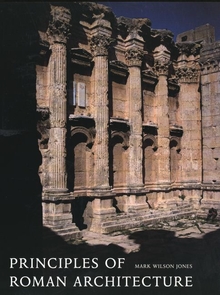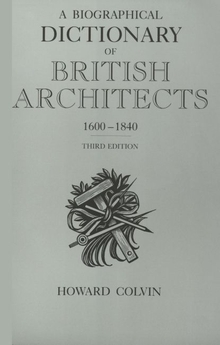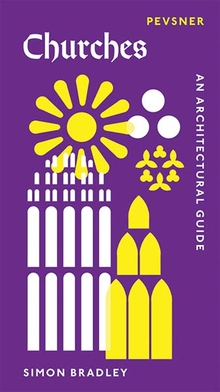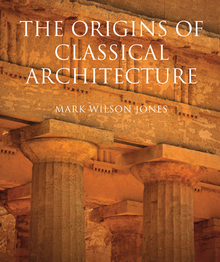Principles of Roman Architecture
WARNING
You are viewing an older version of the Yalebooks website. Please visit out new website with more updated information and a better user experience: https://www.yalebooks.com
Mark Wilson Jones
Wilson Jones begins by outlining the state of knowledge regarding Roman architects, Vitruvius in particular, as well as the dynamics of design as illuminated by surviving architectural drawings and models. Then, in a series of thematic chapters dedicated to the plan, the elevation, and the principal distributive element of Roman buildings, the Corinthian column, he focuses on underlying patterns of design that transcend function and typology. The success of Roman architecture is shown to rest on a robust yet subtle synthesis of theory, beauty, content, and practicality. At the same time, it maintains a vital equilibrium between the apparently conflicting goals of rule and variety. The next part of the book focuses on two singularly enigmatic monuments, Trajan’s Column and the Pantheon, to illustrate how architects might bend principles to circumstance. The author resolves long-standing controversies over their conception, showing how both structures came to be modified after work on the site had begun. Even the Romans’ mighty building machine had to come to terms with the gap between ideals and the physical realities of construction.
"[A] careful, sensible and delightful consideration of all aspects of building in ancient Rome that will provide new insights for young and old scholars alike."—Carol Richardson, Art Book
"Wilson Jones’s excellent work combines the knowledge of a practicing architect with that of an architectural historian. . . . Its clear style of writing makes it accessible to the nonspecialist. It is especially recommended to those interested in architectural history and/or studying to become architects."—J. Pollini, Choice
"In a gorgeously illustrated book the architect Mark Wilson Jones presents a new, vivid and carefully documented appreciation of Roman Imperial design as a skilled creative process. . . . Wilson Jones has provided a model of how to use beautiful drawing as a tool of scholarly analysis and exegesis; many of the drawings are his own, and his choice of others is excellent. . . . The book not only presents convincing new interpretations but will stimulate new discussions and lines of research."—Thomas Noble Howe, Journal of Roman Archaeology
"This is by far the best book on ancient architecture written in the last few decades, suitable both for those who think they know the field, and for those who are looking for an introduction to Roman architecture. . . . [Should] be a set text for an archaeology or art history course—there are insufficient synonyms of the word 'brilliant' to describe it."—Dorothy King, Minerva Magazine
"This is an important work which throws new light on a number of aspects of Roman construction. It is well illustrated by the author’s own drawings, by reproductions from classical works on the subject, and by excellent colour photographs."—Architectural Science Review
Publication Date: November 10, 2003
245 b/w + 39 color illus.









